This post may contain paid links. See more info on my privacy page.
Print out my Prime Rib Temp Chart for perfect results every time! All you need to cook prime rib perfectly is a meat thermometer and my chart for prime rib temperature.

Jump to:
I've been making my prime rib recipes for years, from standing rib roast and Instant Pot prime rib to smoked and dry aged, so I have plenty of experience cooking prime rib using every method possible!
As soon as the holiday season approaches, I get ready to make my family's favorite slow roasted prime rib. I have it memorized now, but when I was still new to it, the one thing that helped me the most when prepping prime rib was having a prime rib temp chart on hand.
Because it helped me so much when I was learning, I knew I had to share my guide to prime rib temperature with you. Keep it on hand, and you'll never have to worry about over- or under-cooking your rib roast.
Prime Rib Temperature Chart
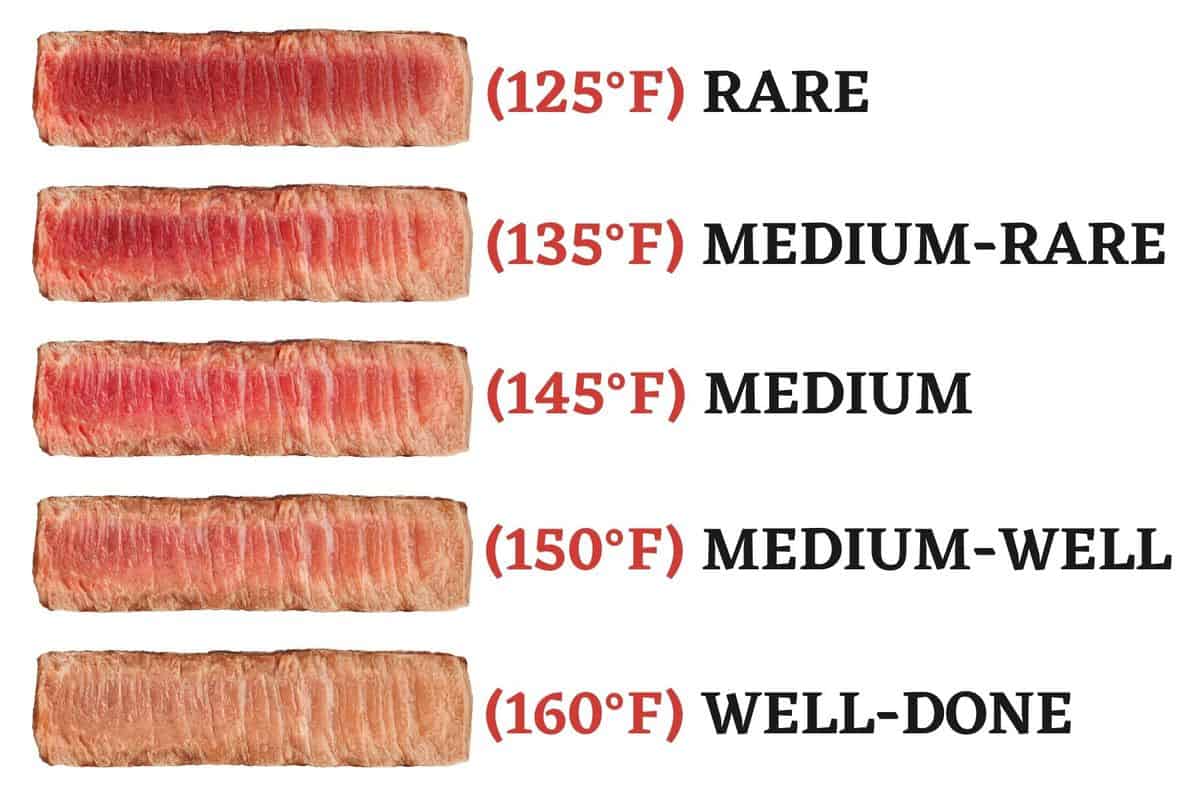
| Beef Doneness | Internal Temperature | Appearance |
|---|---|---|
| Rare | 125°F | Red center |
| Medium Rare | 135°F | Rich pink center |
| Medium | 145°F | Light pink center |
| Medium Well | 150°F | Light brown center |
| Well Done | 160°F | Deep brown center |
Tools You Need
To properly cook beef, especially prime rib, it's critical to use an instant read meat thermometer. There is no other reliable way to know the internal temp of meat, especially bone-in cuts where the temperature can vary. I use this model meat thermometer and it has served me well for many years of making rib roasts!
Prime Rib Temperature Tip
It's very important to take the prime rib off of the heat once it's 5°F below the target temperature! It will continue heating as it rests, and will come to temperature that way. If you take it off at temperature, it can overcook!
Guide to Cooking Prime Rib
Looking for a full guide on how to cook prime rib perfectly? Then bookmark my prime rib cooking guide! It has everything you need to know from what prime rib rub to use, to how to dry age prime rib at home.
Prime Rib Recipes
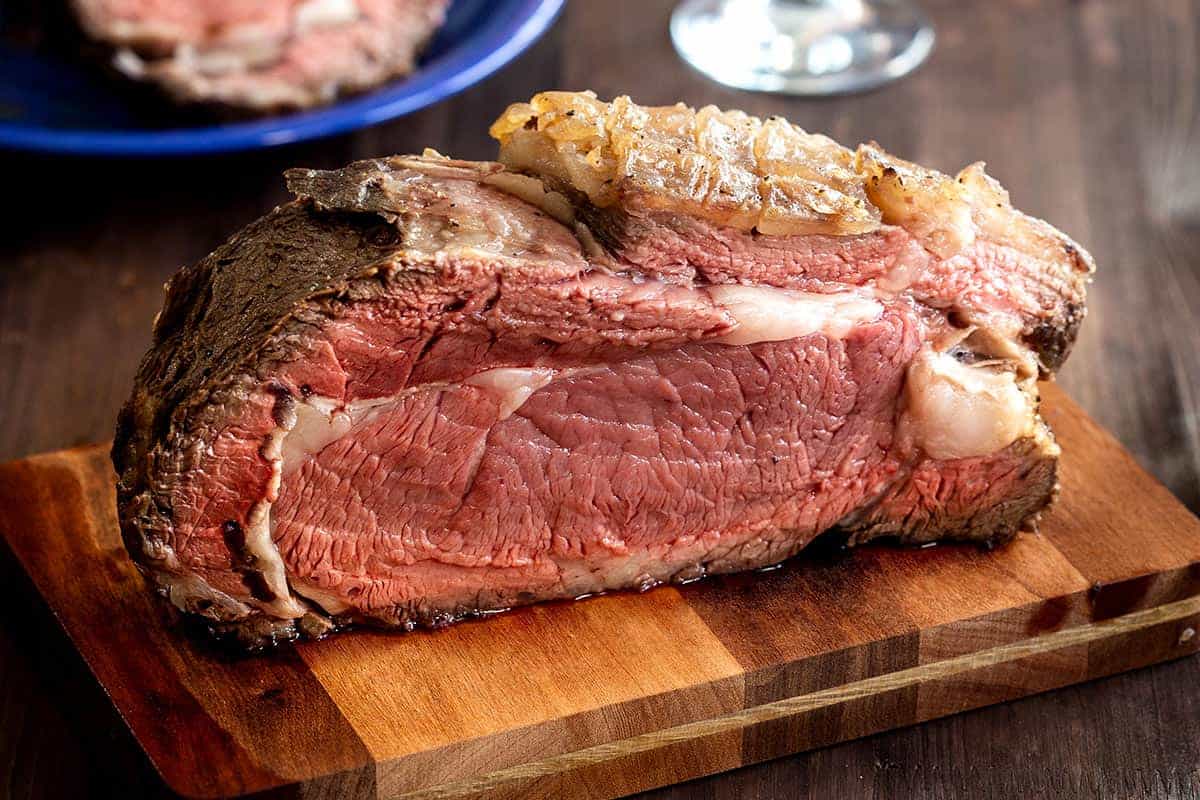
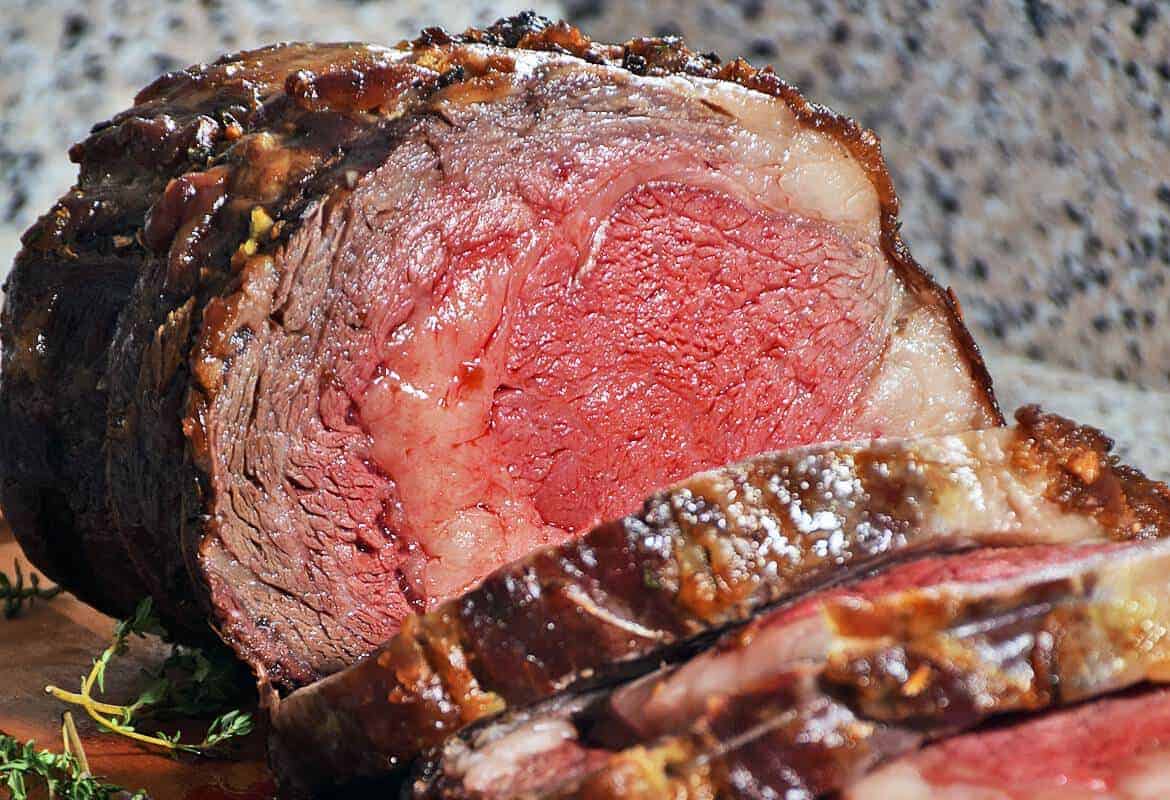
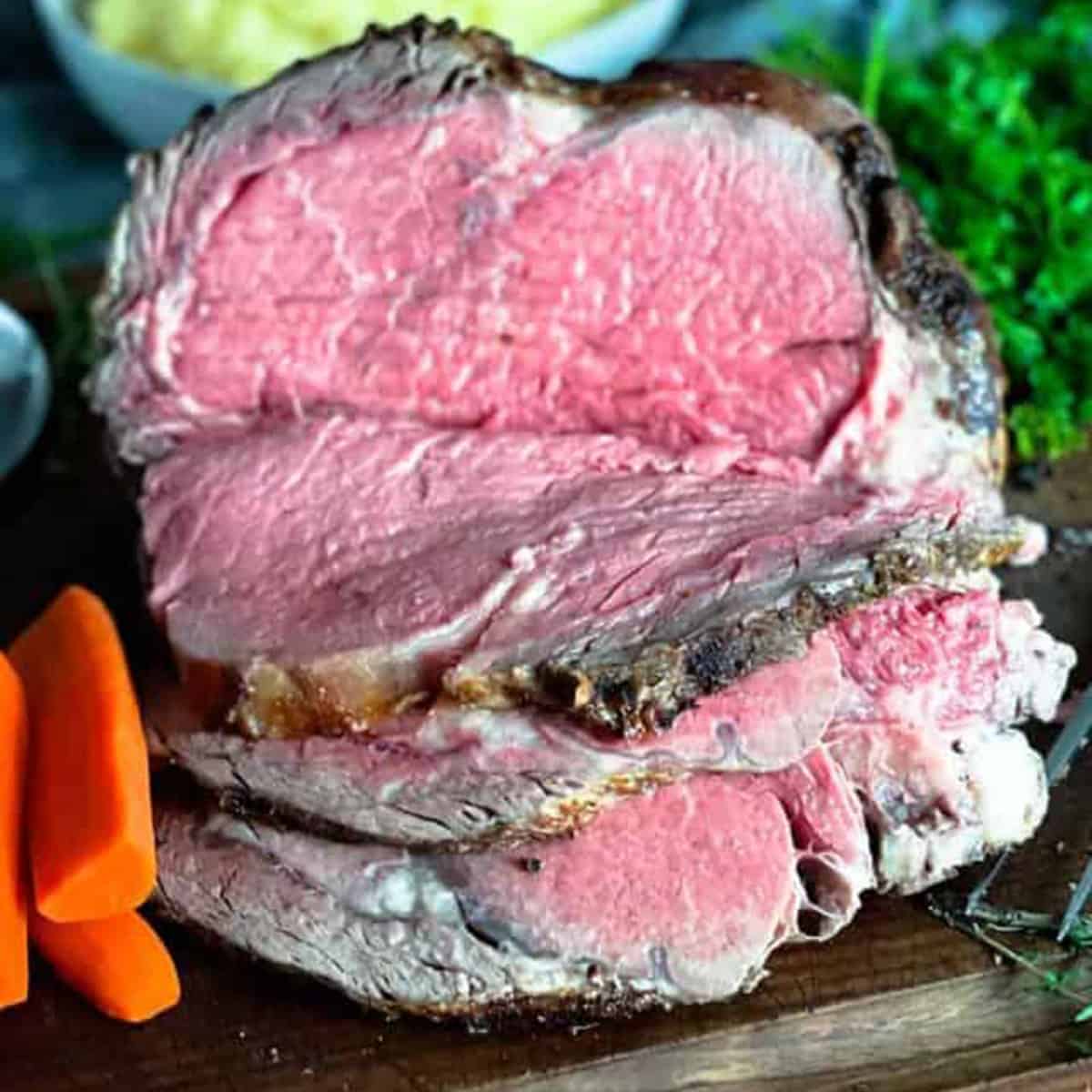
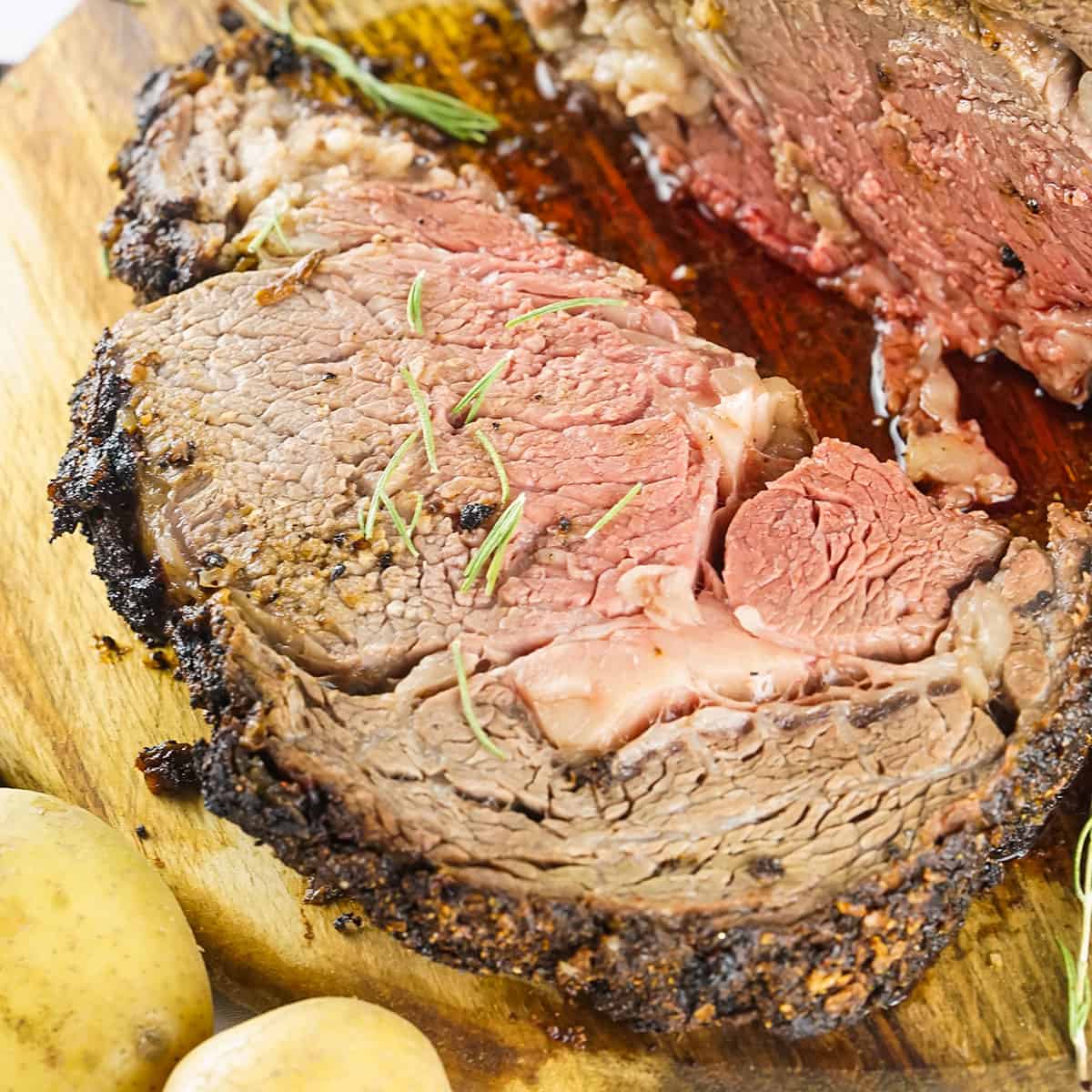
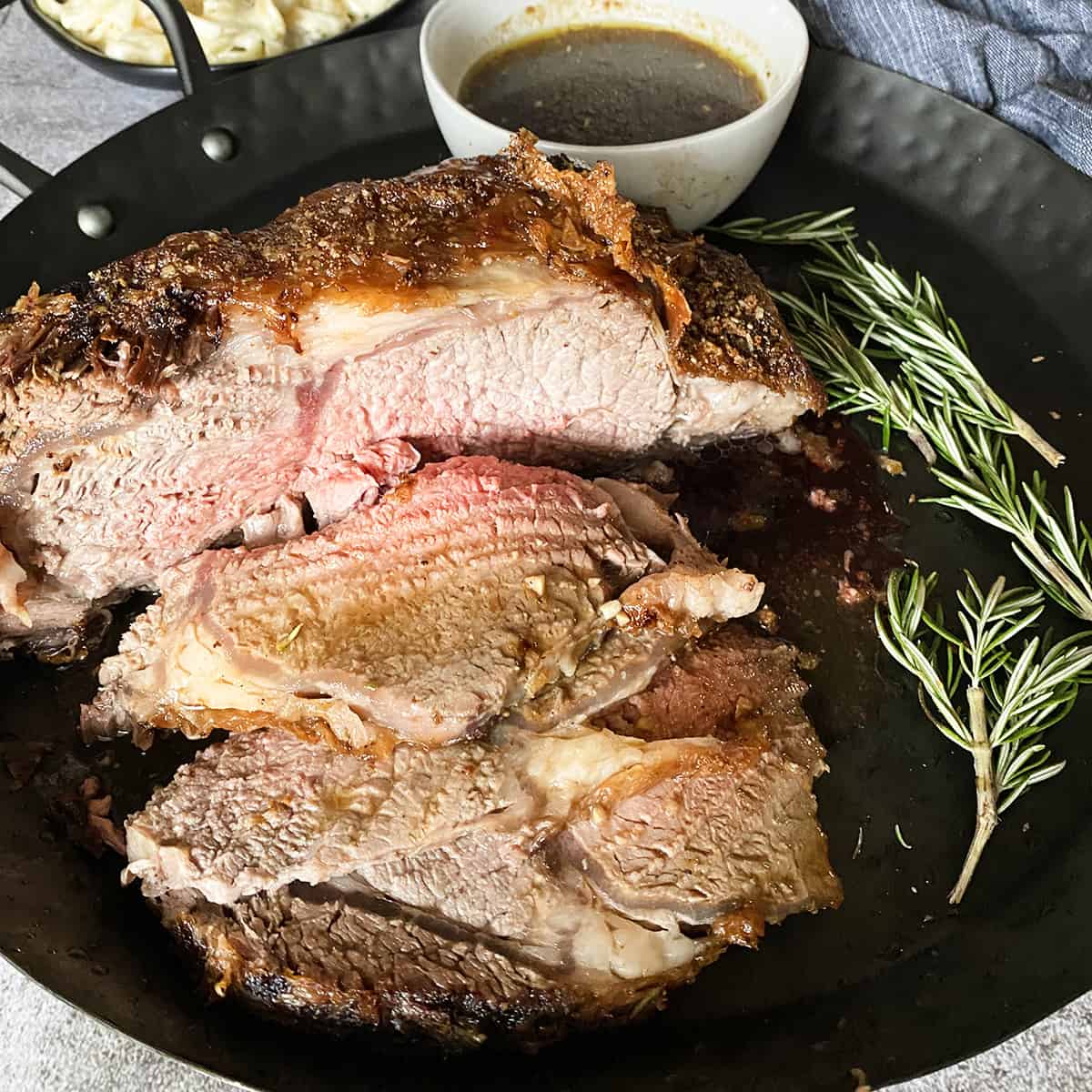
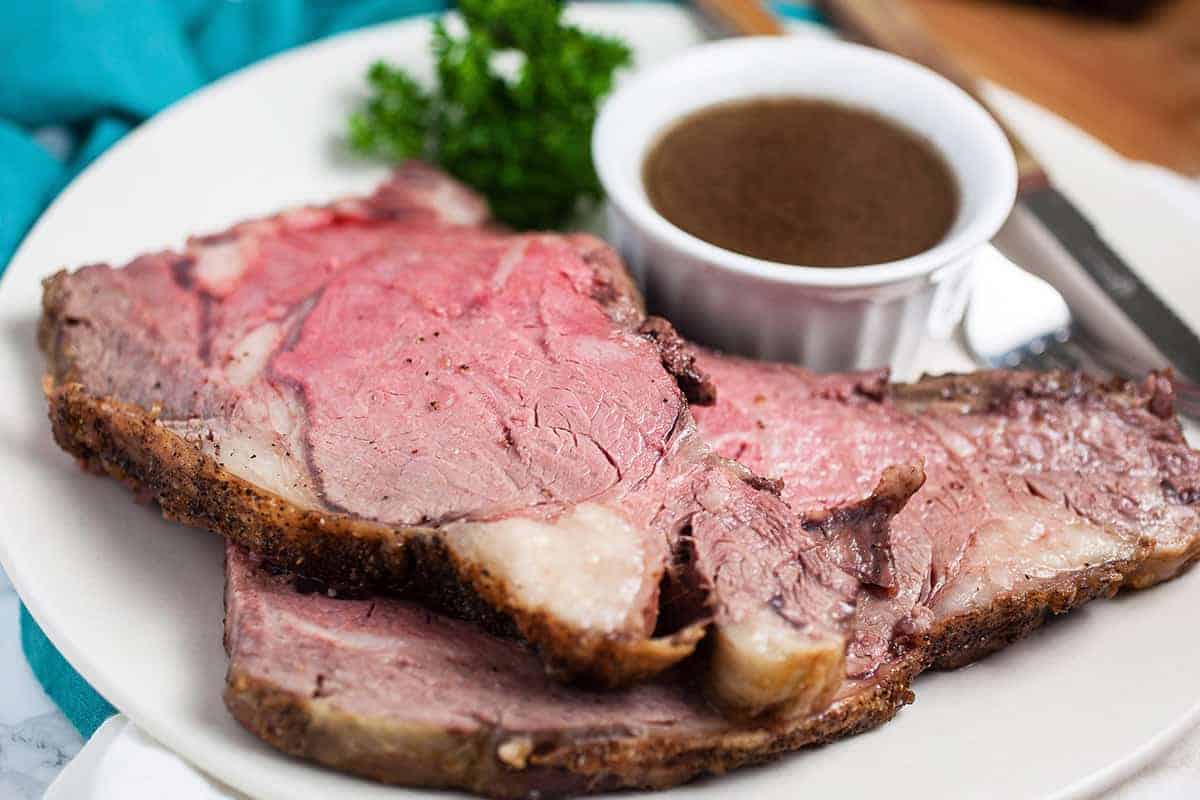
To be honest, I don't think there's a wrong method for cooking prime rib! So long as you know the internal temperature you want to reach, and keep the cooking nice and slow, you'll get a delicious dinner. Just remember that the cooking time is not a reliable method for cooking prime rib to the correct temperature. You will need to use a meat thermometer and check multiple times!
Temperature Charts
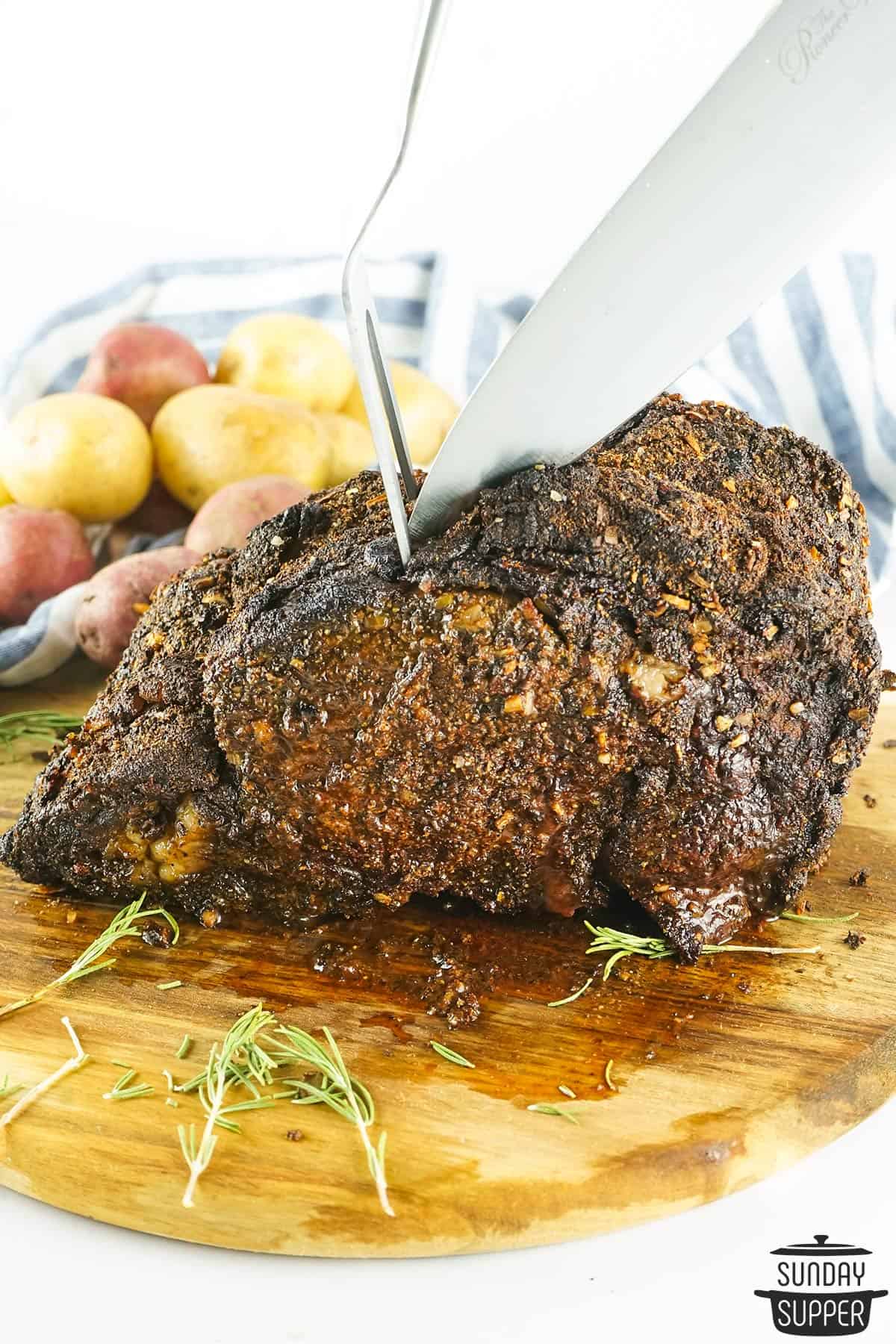
Temperature for Prime Rib Expert Tips
- Regardless of how you cook your prime rib, make sure to give it a high heat sear at the end! That's how you get that perfect brown crust that's just packed with flavor.
- Make sure to save the juices for delicious au jus! You can even gather it in the smoker by placing a tray or roasting pan under the roasting rack.
- You really can't go too heavy on seasonings! Kosher salt and black pepper are often enough, but you can't go wrong with garlic butter slathered over the whole thing!
- If you don't know where to start, I recommend cooking a medium-rare prime rib. Medium-rare has a soft, tender pink inside and is, in my opinion, the best prime rib roast temperature for almost everyone!
Storing and Reheating Leftover Prime Rib
- Refrigerator: Leftovers should be sliced against the grain before stacking up the slices in an airtight container in the fridge for up to 4 days. Store it with a little au jus or other liquid to ensure it doesn't dry out.
- Freezer: You can freeze leftovers! Slice the leftover prime rib, then wrap each slice carefully in foil. Pack them up in a freezer safe plastic bag and freeze for up to 3 months. This is great for using the prime rib in leftover prime rib recipes, but I don't recommend freezing prime rib to serve as-is later.
- Thawing: Prime rib should always be thawed in the refrigerator overnight. Trying to thaw it quickly in a pan or in the microwave can overcook the meat, turning it tough.
- Reheating: Reheat prime rib in the oven or in the microwave with a little broth or au jus to ensure it stays moist. Or, better yet, use it in other recipes!
Try using your leftovers to make my leftover prime rib recipes!
FAQ
In general, most people tend to enjoy medium-rare prime rib, which is cooked to an internal temperature of 135°F. Medium rare beef is pink and soft in the center, with a tender chew and tons of remaining juice. By cooking it low and slow, the fat melts to flavor the whole cut!
There is no one true best method, so it truly depends on what tools you have on hand! Prime rib can be smoked, air fried, broiled, or even cooked sous vide style.
The cooking time depends on a lot of factors, such as oven temperature, the size of your prime rib, if it contains bones, and so much more. Because of this, the best and only way to ensure a perfectly cooked prime rib is by using a meat thermometer to check the temperature of the meat.
What to Serve with Prime Rib
- Sauces - There are so many delicious sauces to serve with prime rib, but my favorites are creamy horseradish and red wine reduction!
- Potatoes - Whip up my favorite creamy mashed potatoes, or make a fancy side with my Marquis potatoes!
- Vegetables - I like serving up a mix of veggies with my prime rib, like easy tender air fryer carrots, or lemon pan-fried asparagus!
- Or, check out my list of all the best side dishes for prime rib!
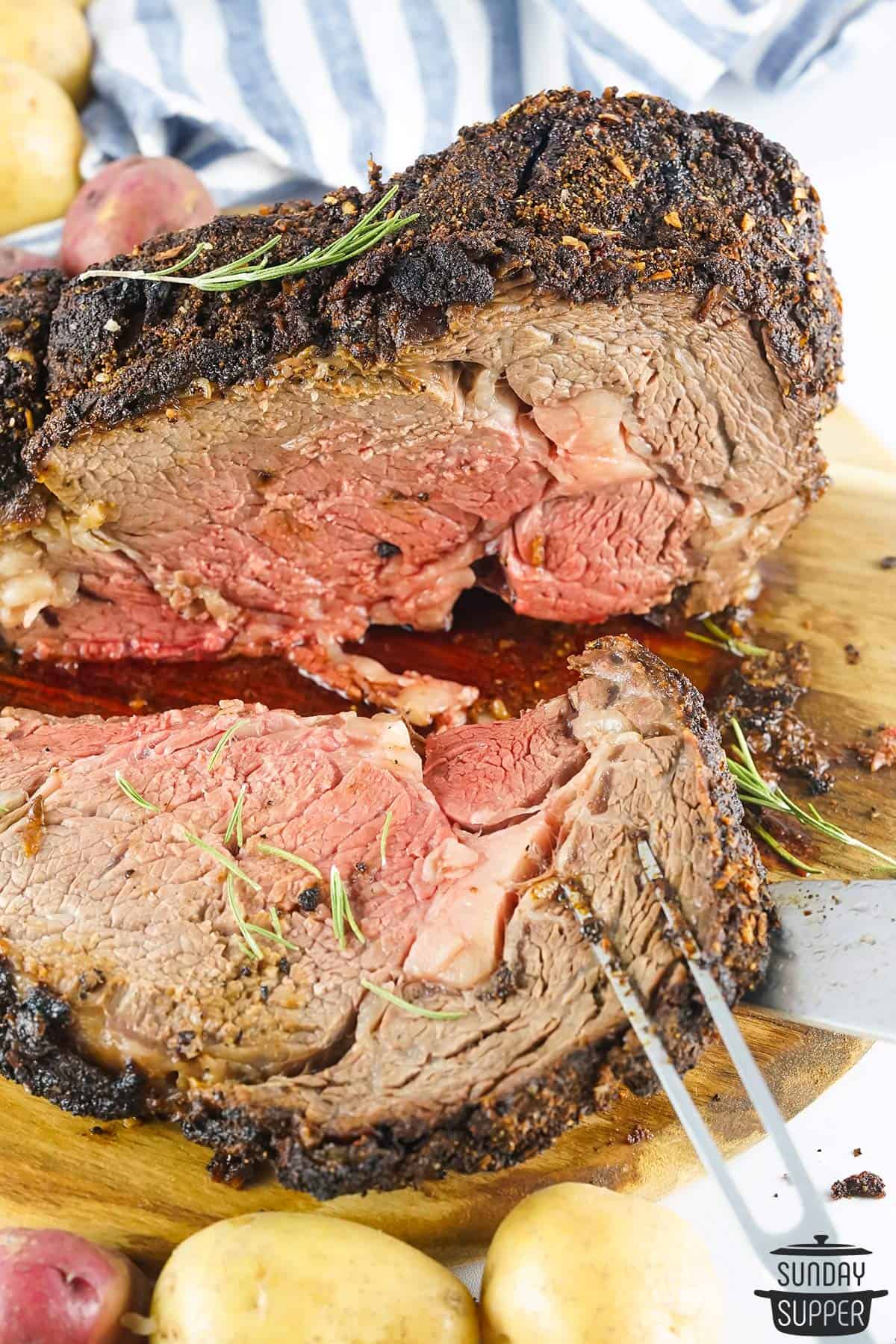
How do you like your prime rib? I'd love to hear from you! Leave a comment below if my guide for prime rib temps helped you.



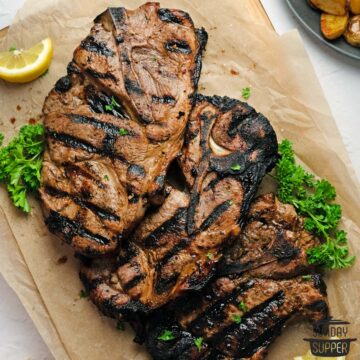
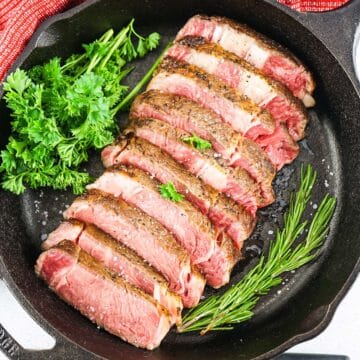
Comments
No Comments